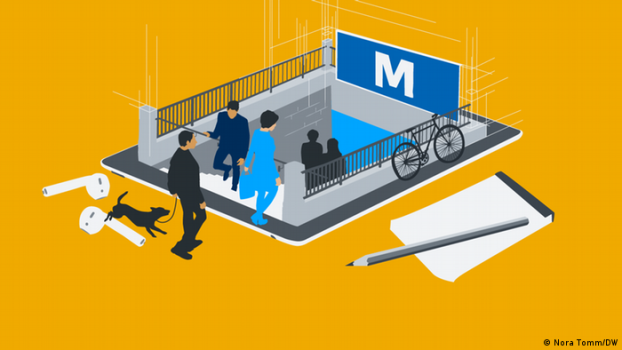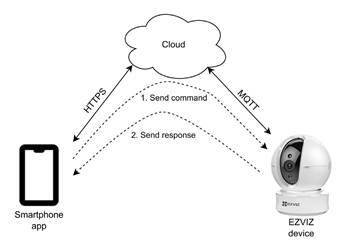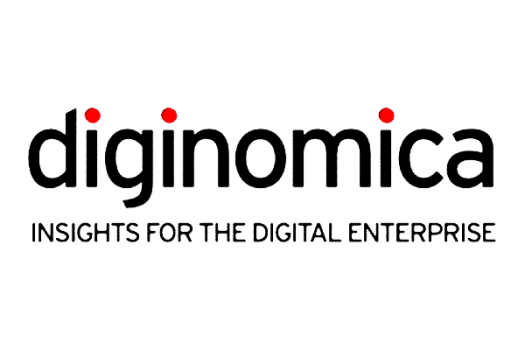5 Exploding Areas of the Metaverse You Are Still Unaware Of
- Technology Solutions
- 0 Replies
Metaverse is a blockchain-based virtual world that is revolutionizing every single industry. From gaming and real estate to Healthcare and fashion, everyone is talking about the impact of the metaverse. Digital assets are at the center of this 3D open world. These assets form the foundation of the Metaverse ecosystem. Here are 5 areas of the metaverse that are yet to be explored by many people.
The Semantic Web: The shift from “readable” machine network to “understandable” intelligent network is what semantic web or Web 3.0 will deliver. More importantly, web 3.0 will ensure platform fiduciaries controlling and monetizing public data will no longer be relevant to do that and data control in decentralized world will rest with its real owner-you and me.
Its XR now, combination of VR and AR : Extended reality will uplift the user experience in the metaverse through metaverse-focused devices like AR smart glasses, haptics, hologram displays, and virtual reality headsets. Such devices can facilitate numerous physical services in the virtual world and help users steer through the metaverse smoothly.
The brand new Social Networking Spaces: Imagine enjoying a football match with a group of fellow citizens but totally strangers without revealing your real identity. These virtual social networks are a certainty now, thanks to Metaworld. Adding to a concealed identity, user generated and owned content sharable only to the chosen network is quite a possibility.
Continue reading: https://www.analyticsinsight.net/5-exploding-areas-of-the-metaverse-you-are-still-unaware-of/
The Semantic Web: The shift from “readable” machine network to “understandable” intelligent network is what semantic web or Web 3.0 will deliver. More importantly, web 3.0 will ensure platform fiduciaries controlling and monetizing public data will no longer be relevant to do that and data control in decentralized world will rest with its real owner-you and me.
Its XR now, combination of VR and AR : Extended reality will uplift the user experience in the metaverse through metaverse-focused devices like AR smart glasses, haptics, hologram displays, and virtual reality headsets. Such devices can facilitate numerous physical services in the virtual world and help users steer through the metaverse smoothly.
The brand new Social Networking Spaces: Imagine enjoying a football match with a group of fellow citizens but totally strangers without revealing your real identity. These virtual social networks are a certainty now, thanks to Metaworld. Adding to a concealed identity, user generated and owned content sharable only to the chosen network is quite a possibility.
Continue reading: https://www.analyticsinsight.net/5-exploding-areas-of-the-metaverse-you-are-still-unaware-of/




























